Less but better: Dieter Rams’ lessons on show at ADI Design Museum, Milan
An exhibition at Milan’s ADI Design Museum celebrates Dieter Rams’ creations
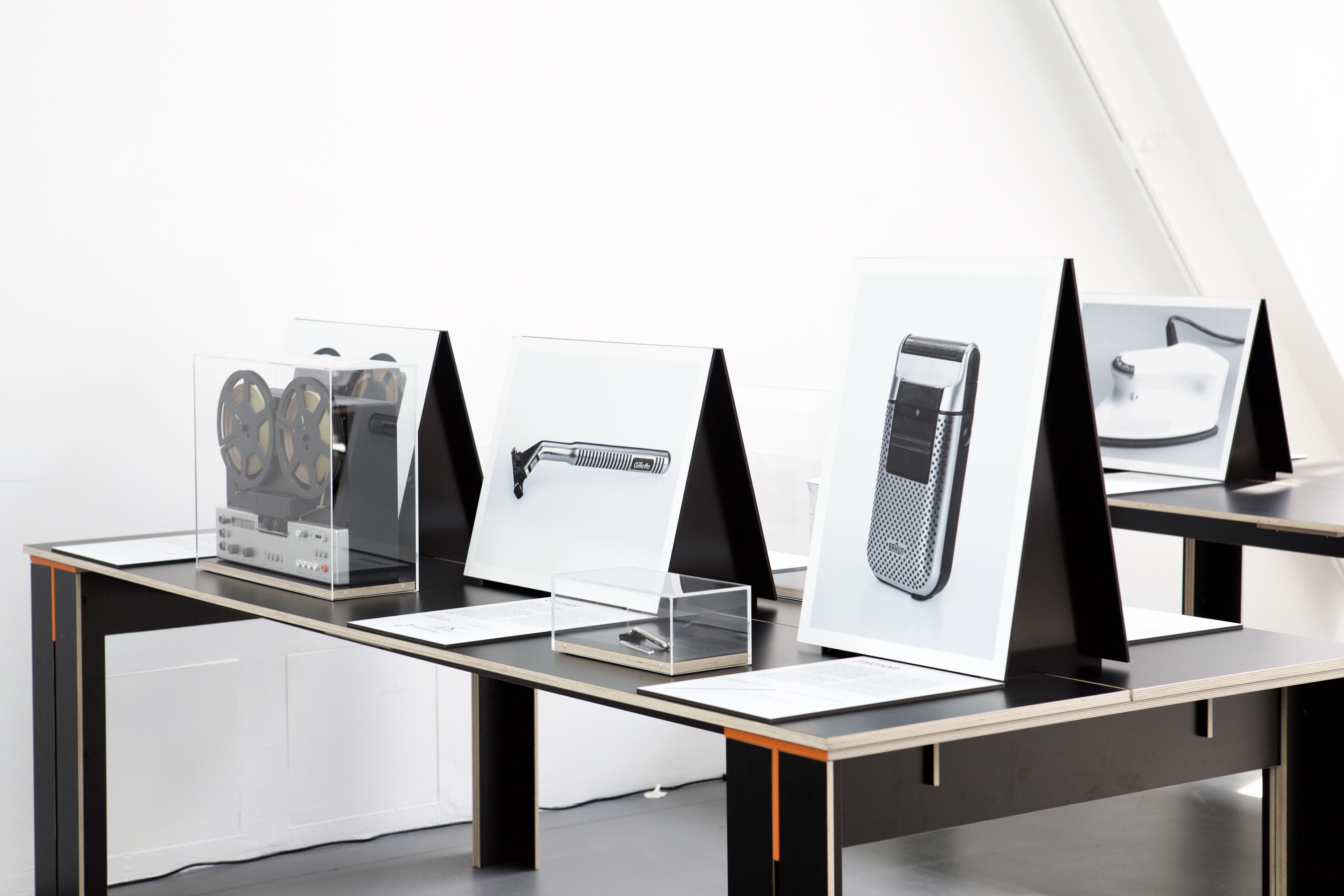
The ADI Design Museum of Milan (ADI standing for Associazione per il Disegno Industriale) presents ‘Dieter Rams. A look back and ahead’ (until 11 June 2023), an exhibition featuring selected objects, photographs, and texts celebrating the work of the German industrial designer. For Dieter Rams, ‘Designers should always strive to improve the world’. In the second half of the 20th century, he created over 350 designs for consumer-products company Braun and furniture manufacturer Vitsoe: hundreds of thousands of people around the globe still use his creations on a daily basis.
Dieter Rams at ADI Design Museum
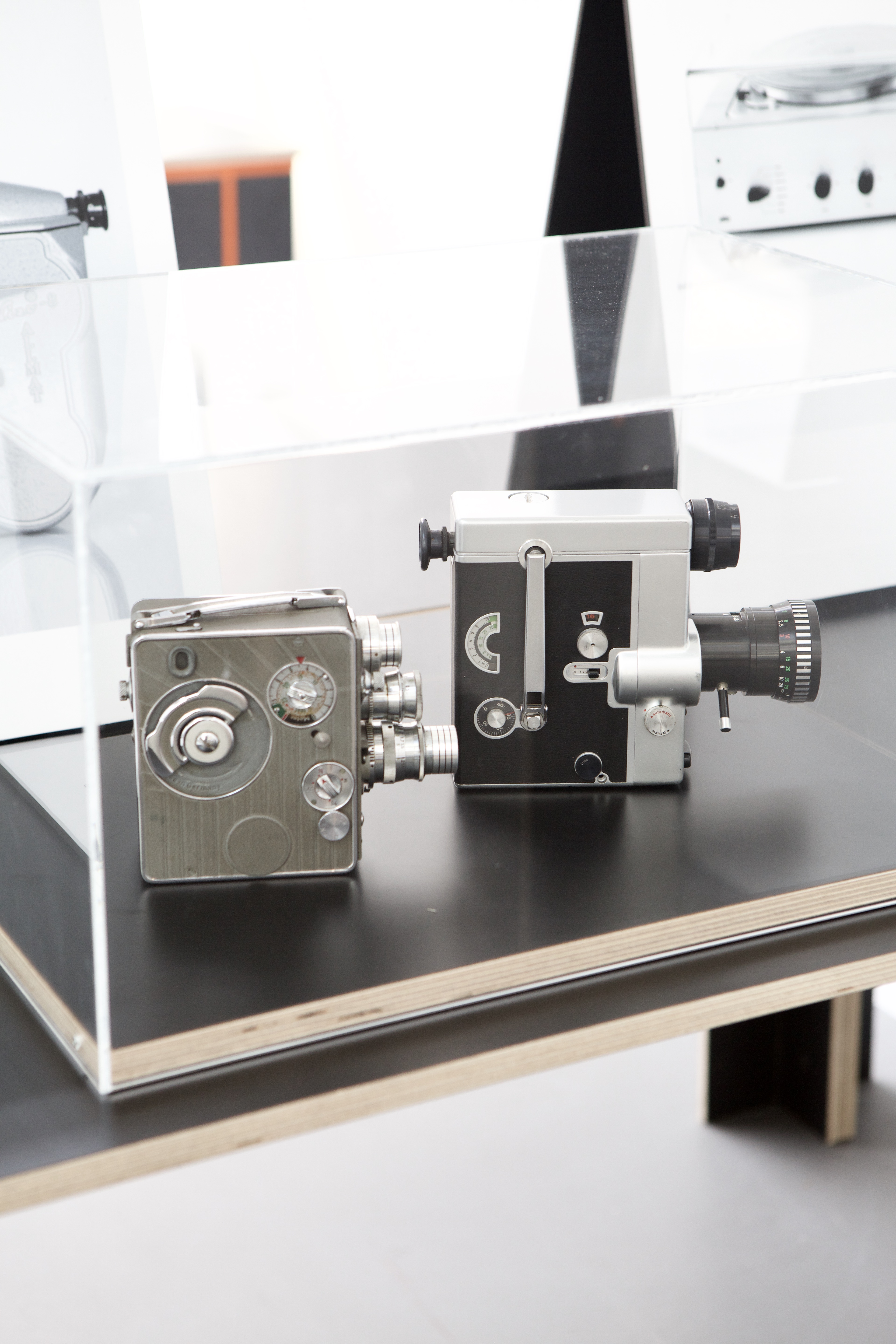
‘We are a research museum, that’s why we are interested in exploring its methodology,’ says Luciano Galimberti, president of ADI. ‘It’s an exhibition that addresses Rams’ methodological approach to the product. He has been erroneously classified as a minimalist: I was lucky enough to know him personally and he always tried to think in terms of archetypes, not in terms of minimal forms, and then handing them over to the imagination of other designers.’
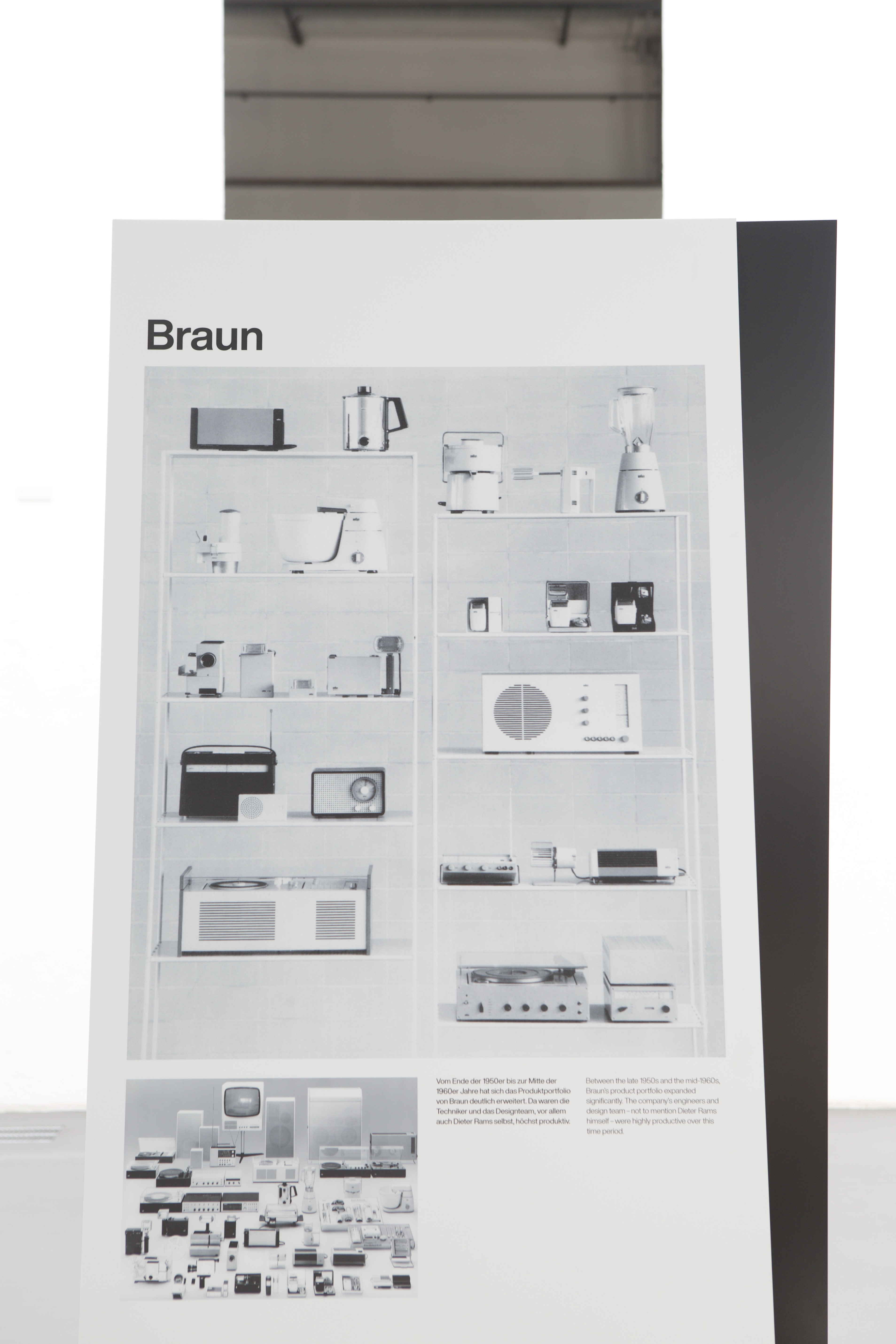
A room at the centre of the museum condenses part of the designer’s production. The captions that accompany the products or their images, carefully translated from German into English by Rams’ expert Sophie Lovell, tell the story of objects whose knowledge reveals one’s age better than any wrinkle on the face – everyday gadgets such as Braun’s SK 4 Radio-Phonograph (1956), nicknamed Snow White’s Coffin on account of its white metal casing and transparent lid, or the nostalgic ET66 calculator (1987), and, of course, the MPZ 22 electric juicer (1972), also known as 'the citromatic'.
‘His juicer is an archetype, which he arrived at by thinking about what it means to squeeze a fruit in relation to holding an orange in your hand, its weight, and the role of the spout,’ Galimberti adds. ‘Aside from his methodological approach, Rams wished to pass on his values to future generations, with a strong desire to create a world in which to imagine and reinvent.’
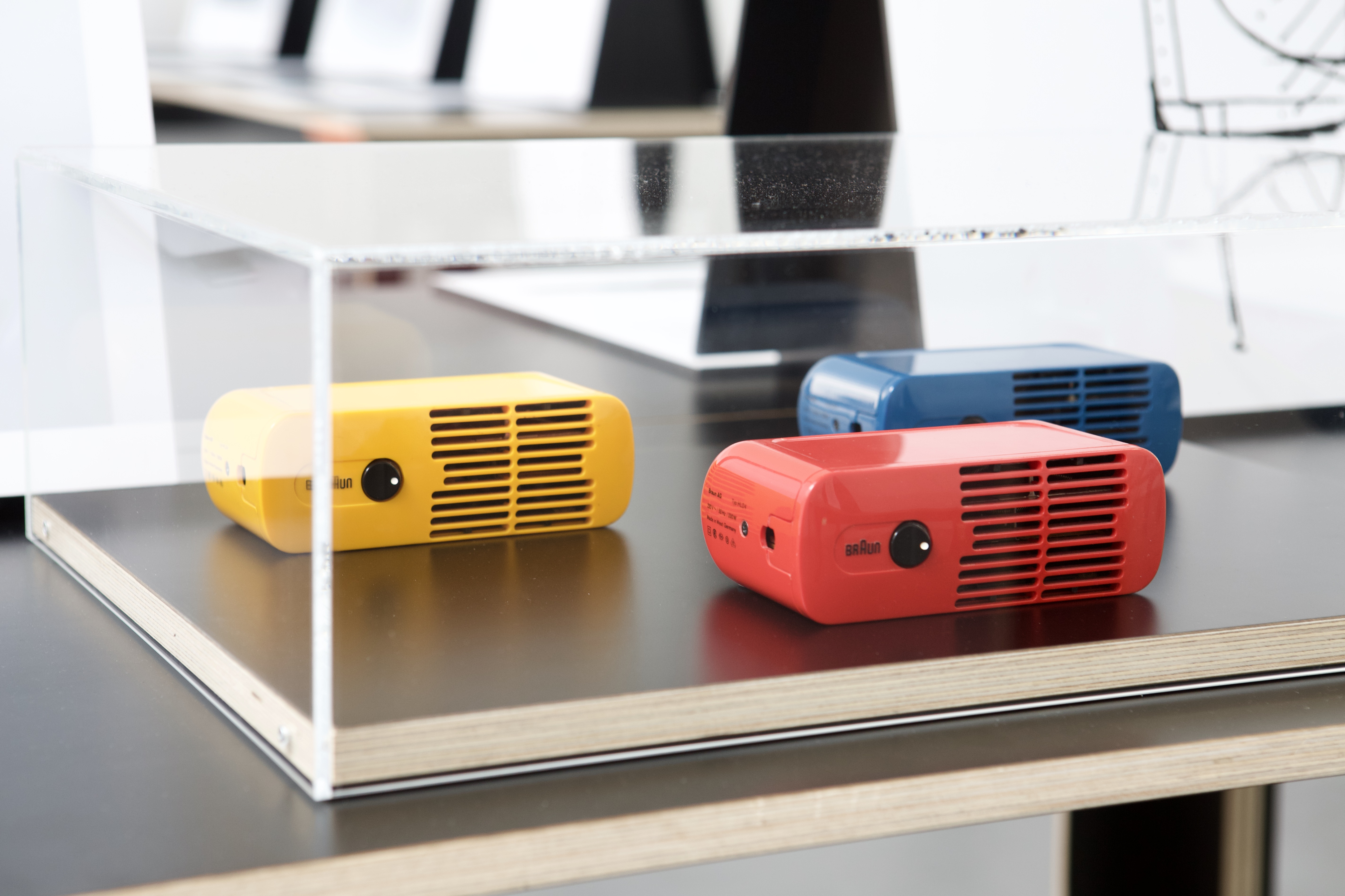
Klaus Klemp curated the travelling exhibition, that has previously been shown in Frankfurt, Washington, and New York, and is set to return to Germany after its stop in Italy. In Milan, the exhibition was created in collaboration with the Design School of the local Politecnico.
‘Dieter’s mantra is less but better. We’d say buy less, but buy better things that will last longer,’ Klemp underlines. ‘I think it's a very real point: we’re consuming more than ever before, and everyone’s talking about environmental issues, but when we look at the statistics, nothing changes, and our consumption is increasing all the time’. The curator hopes that the exhibition will encourage students and young designers to consider design beyond their aesthetic style: ‘In the video we show during the exhibition, Dieter says: “You cannot understand design, if you don’t understand people”. It’s still a very current topic.’
'Dieter Rams. A look back and ahead' is on view until 11 June 2023
Wallpaper* Newsletter
Receive our daily digest of inspiration, escapism and design stories from around the world direct to your inbox.
ADI Design Museum
Piazza Compasso d’Oro 1
Milano
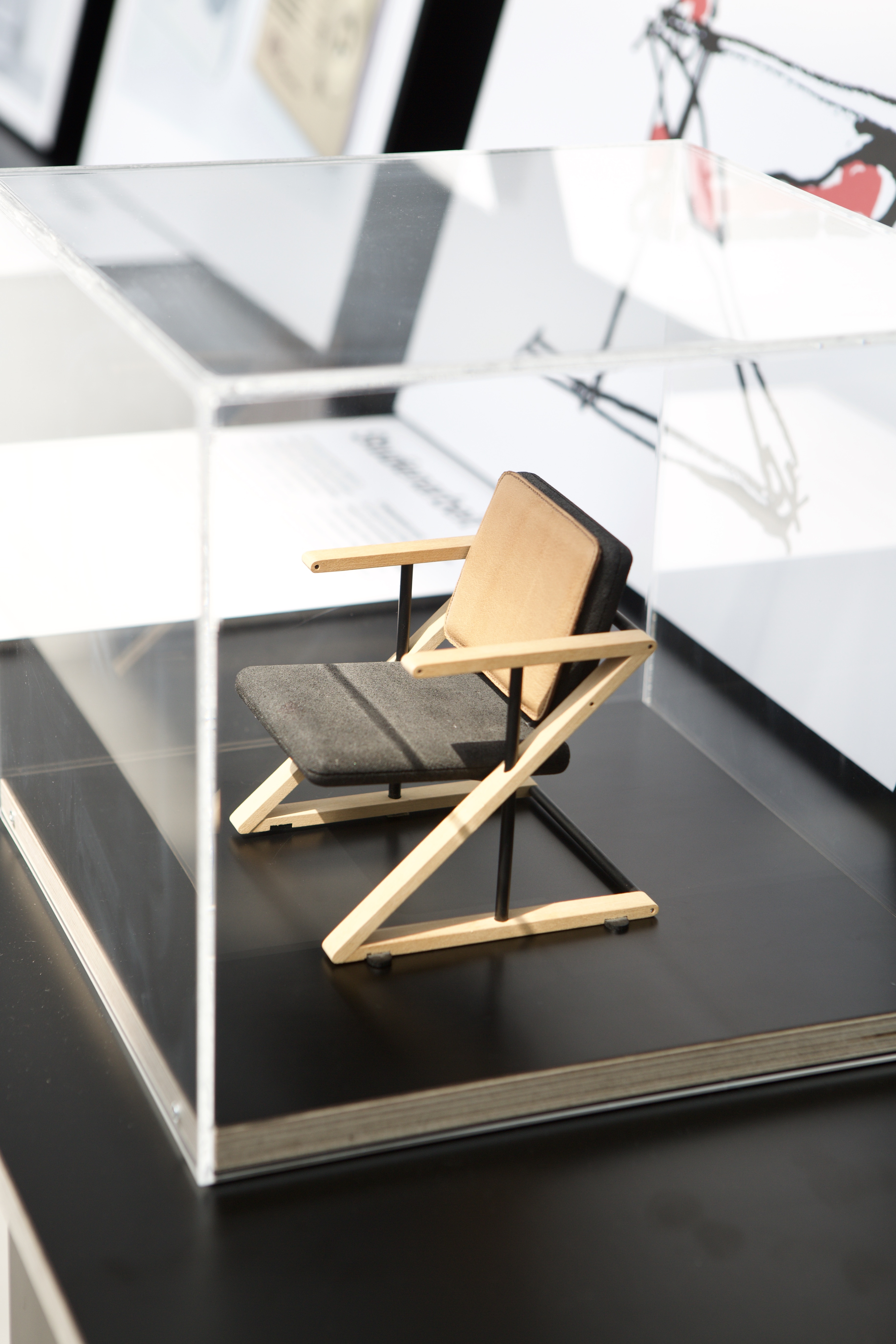
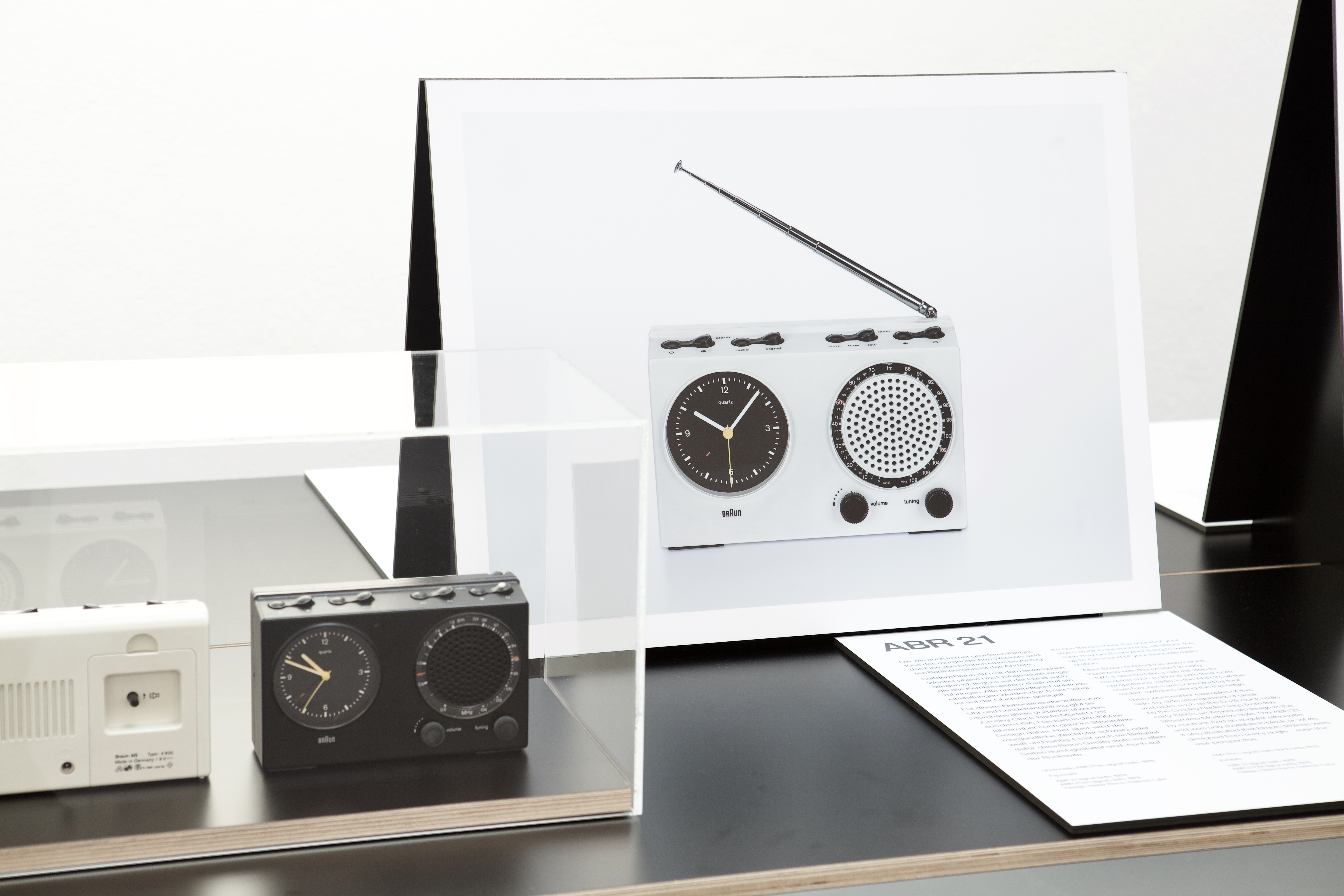
Cristina Kiran Piotti is an Italian-Indian freelance journalist. After completing her studies in journalism in Milan, she pursued a master's degree in the economic relations between Italy and India at the Ca' Foscari Challenge School in Venice. She splits her time between Milan and Mumbai and, since 2008, she has concentrated her work mostly on design, current affairs, and culture stories, often drawing on her enduring passion for geopolitics. She writes for several publications in both English and Italian, and she is a consultant for communication firms and publishing houses.
-
 Put these emerging artists on your radar
Put these emerging artists on your radarThis crop of six new talents is poised to shake up the art world. Get to know them now
By Tianna Williams
-
 Dining at Pyrá feels like a Mediterranean kiss on both cheeks
Dining at Pyrá feels like a Mediterranean kiss on both cheeksDesigned by House of Dré, this Lonsdale Road addition dishes up an enticing fusion of Greek and Spanish cooking
By Sofia de la Cruz
-
 Creased, crumpled: S/S 2025 menswear is about clothes that have ‘lived a life’
Creased, crumpled: S/S 2025 menswear is about clothes that have ‘lived a life’The S/S 2025 menswear collections see designers embrace the creased and the crumpled, conjuring a mood of laidback languor that ran through the season – captured here by photographer Steve Harnacke and stylist Nicola Neri for Wallpaper*
By Jack Moss
-
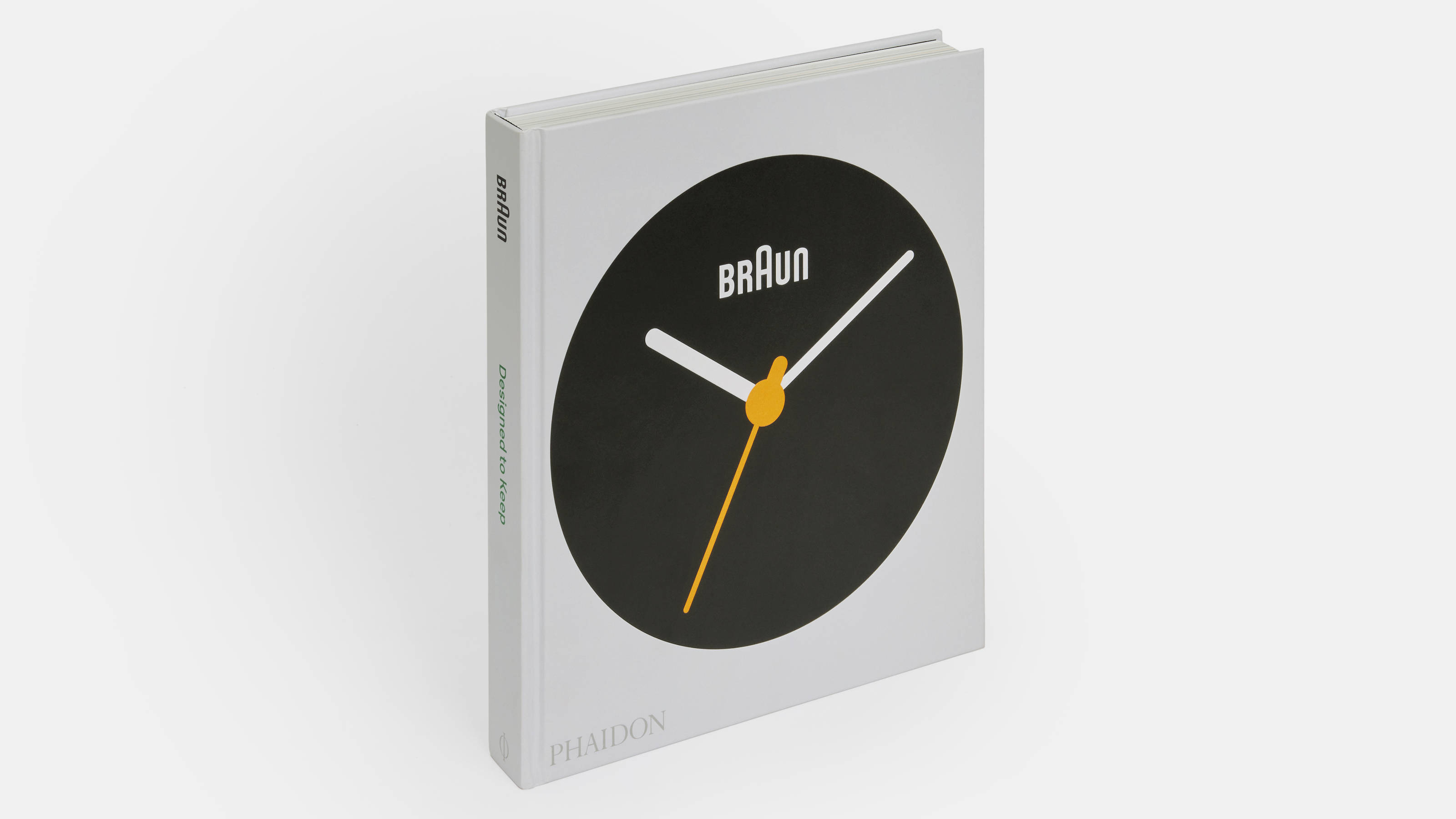 A new history of Braun charts the company’s path to ultimate modernist manufacturer
A new history of Braun charts the company’s path to ultimate modernist manufacturerPhaidon’s monograph Braun: Designed to Keep tracks over a century of product design, including its long-standing collaboration with Dieter Rams
By Jonathan Bell
-
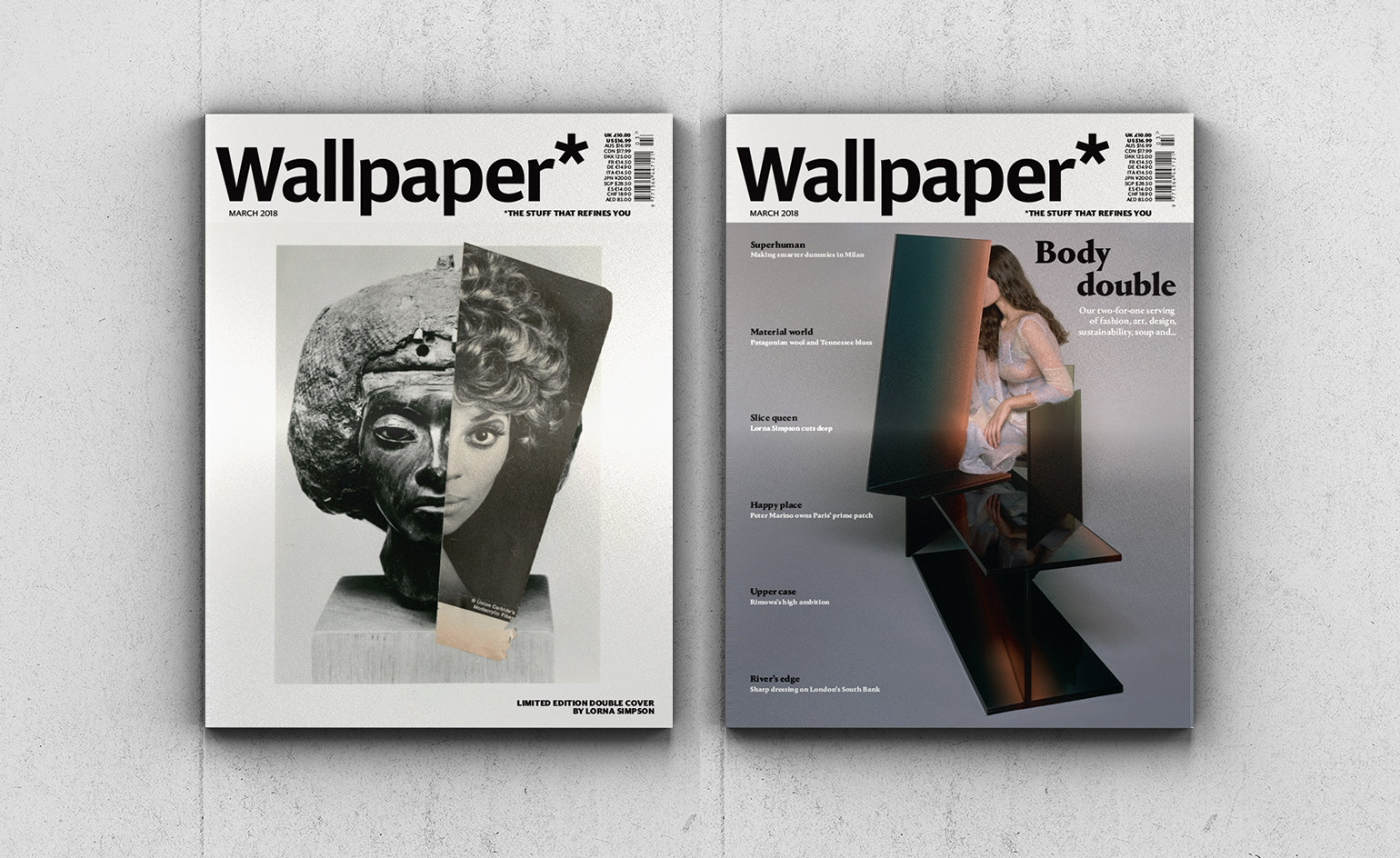 Tony Chambers on why ‘less but better’ is the future for retail and design
Tony Chambers on why ‘less but better’ is the future for retail and designBy Tony Chambers
-
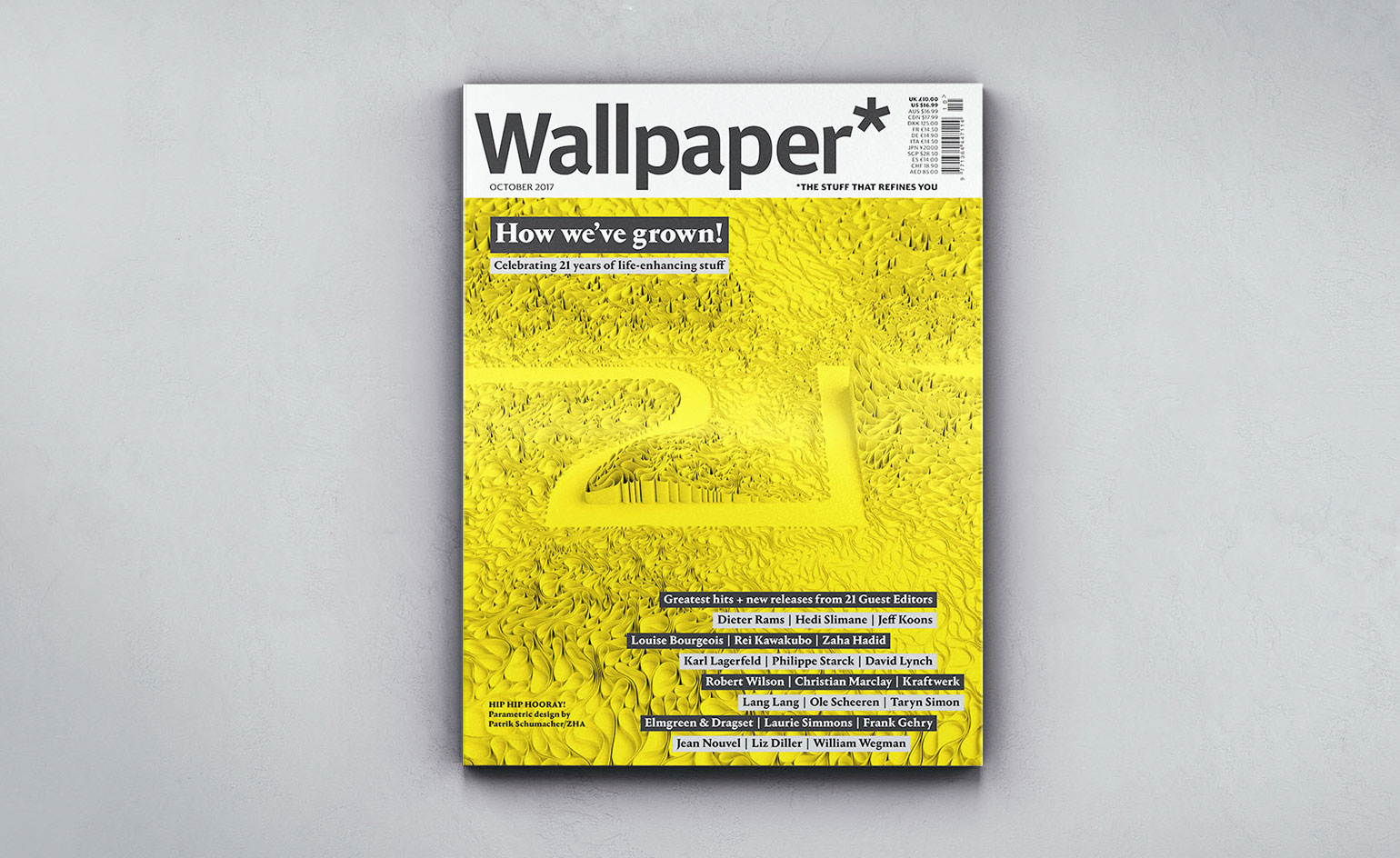 A hole in one: celebrating 21 years of life-enhancing stuff
A hole in one: celebrating 21 years of life-enhancing stuffBy Tony Chambers
-
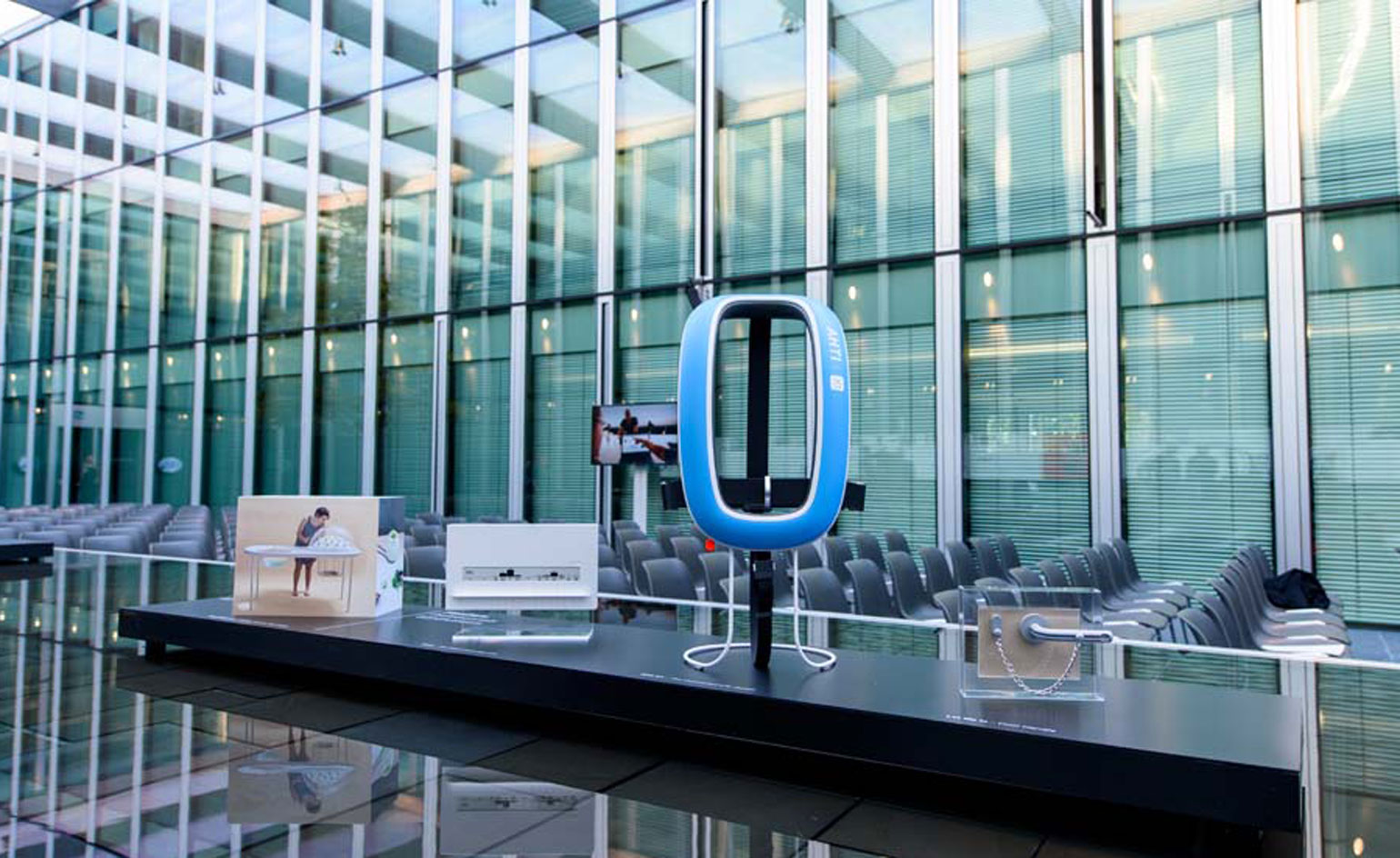 Winning design: BraunPrize 2015 announces trio of champions
Winning design: BraunPrize 2015 announces trio of championsBy Clare Dowdy
-
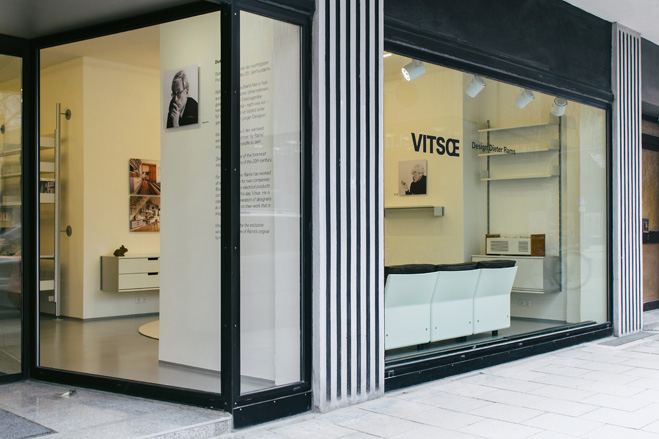 Vitsoe opens a new outpost in Munich
Vitsoe opens a new outpost in MunichBy Sophie Lovell
-
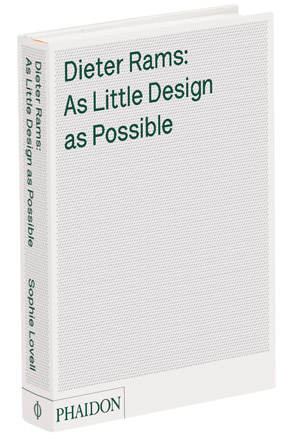 Book: Dieter Rams - As Little Design as Possible
Book: Dieter Rams - As Little Design as PossibleBy Apphia Michael